When Chris Heerdegen founded OnDemand Painters, he wasn’t just looking to launch another painting company; he wanted to transform the industry.Rec ...
Alisa Arnhalt and the Art of Transforming Homes
Written by: Carolyn Young
Carolyn Young is a business writer who focuses on entrepreneurial concepts and the business formation. She has over 25 years of experience in business roles, and has authored several entrepreneurship textbooks.
Published on March 27, 2024

In the dynamic world of home staging and interior design, Alisa Arnhalt stands out as a visionary and creative force. As the founder and creative director of Linden Creek, she has carved a unique niche in transforming spaces into mesmerizing experiences.
In this interview, Alisa unveils the inspirations behind Linden Creek, the challenges of thriving in a competitive industry, and the delicate balance of artistry and client needs. Her insights offer a rare glimpse into the art of enhancing spaces, redefining comfort, and anticipating future trends in home aesthetics.
Inception of Linden Creek
SBS – What inspired the inception of Linden Creek?
Alisa – Linden Creek came out of a true passion. My background is in military refinance. I spent nearly a decade managing multimillion-dollar budgets for aircraft, which has nothing to do with interior design. In my free time, I bought ugly houses and renovated them, built and sold furniture, and scoured DIY and decorating blogs. It just sat as my passion and my creative outlet.
I was selling one of the houses we had renovated, and I got the feedback that the staging was great. However, it wasn’t staged. It was my furniture. So, I knew I had the skillset and I could do staging even if I didn’t have an interior design degree. Then I sat down and deep-dived into what having a home staging business looks like, and I thought maybe a year after launching, I could potentially quit my full-time job. We launched Linden Creek, and a very short six months later, the demand was so high that I had to quit my job. I hired my first full-time employee just a couple of months later.
SBS – Was it hard for you to quit your job, or was it an easy decision?
Alisa – It was a very hard decision. It’s a scary leap of faith. As I look back on it, I’m thankful for the fact that I started this entity while I still had a full-time job. It was busy juggling both, but at least I was able to test the market and make sure my idea wasn’t going to fall flat, that the demand was there, and that I was able to build a little bit of a client base before I jumped, which made that leap a little less scary. But, of course, it’s always terrifying. Any level of growth or change, even years in, can be scary.
Initial Challenges
SBS – What were the biggest challenges you faced in that first year? Was it hard to handle everything on your own before you hired an employee?
Alisa – Yes, I don’t think that’s ever easy. One of my greatest challenges is with home staging, specifically purchasing inventory. That’s the biggest cost for you initially when you start your business.
We had this bittersweet opportunity, and our name and brand grew very rapidly because we were doing something a little different in the marketplace. We really focused on the luxury market, which was underserved in our community. The demand was incredible, and we were constantly getting new clients.
However, early that season, every new client I got meant I would be investing $10,000 into inventory. I didn’t have that money yet, so cash flow was one of the most significant challenges. The demand was there, but I needed the finances to support it. Because the growth was so much faster than I projected or expected, we sometimes had to get creative, find unique solutions, be scrappy, and hold off on some investment opportunities that we otherwise would have gone for just because we were supporting the demand there.
SBS – Did you get some loans or help with funding, or could you manage it all financially on your own?
Alisa – We did not take out any loans or get any help. We were self-funded on this, and a part of that was my intentional decision. It also meant that we would say “No” to a project every once in a while because we wanted to make sure we had the finances as we were growing and the support and the infrastructure. We needed to ensure that we weren’t going to run before we could walk and trip over ourselves, that we had the operations honed in as we grew and scaled, and that we were in a comfortable place. In some ways, the finances were challenging, but it also reined me in and kept me from exploding and then tripping because I didn’t know what I didn’t know until that season came.
Artistic Vision and Client Preferences
SBS – How do you balance having an artistic vision and adapting to client preferences? Is it difficult?
Alisa – That was challenging early on. When you first start, you fear that if you say “No” to a client, there’s never going to be another client who shows up at your door, so anytime a client says they’re interested, you feel like you need to seize the opportunity. Because of that, you sometimes take on projects that aren’t the perfect fit or don’t give you the creative liberty to do what you want.
As we’ve grown and established our brand well, I’ve learned two things. The people coming to us already know who we are and what our aesthetic and design style look like, and that’s what they’re looking for. The same goes for our end, as we’ve learned that the interview process with a client and that initial connection is a two-way street. If we connect with them and find out they’ve got all these really strong opinions and ideas and want it to go a certain way, or their design style is a little bit different, it’s okay for us to decline and maybe refer them to someone else in the community who’s a better fit for what they’re looking for. By making that a two-way street, we’ve learned that we get liberty and trust from our clients because we only choose clients who ultimately trust our decisions.
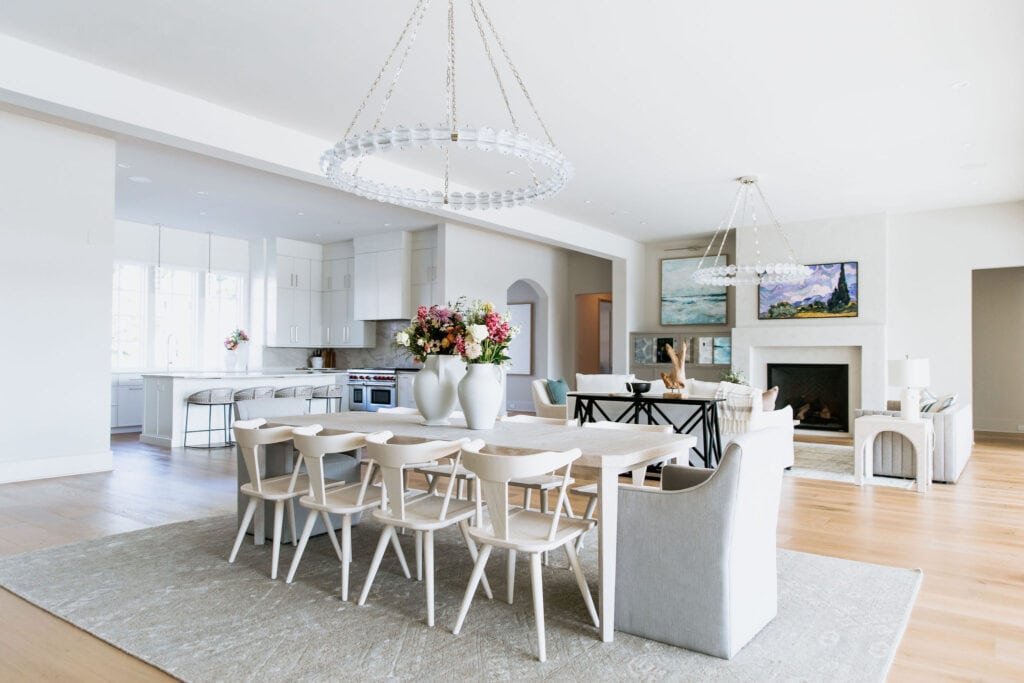
Strategies for Growth
SBS – What strategies did you implement to ensure your growth, especially with franchising?
Alisa – As I look back on my journey, one of the greatest blessings in disguise when I started Linden Creek was being a single mom. I’ve got two little girls, and it always came down to me needing to be there at school by 3 o’clock to pick them up from the carpool.
At that time, I thought it was such a big stressor. I wondered how I would juggle building a business and being in the carpool line at 3pm every day, but that forced me to hire help and support much earlier than I probably would have. Then, if I got called to be somewhere at 3:30, there was somebody on my team I could put in that place, or if there was work that needed to be done after 3pm, somebody on my team who was well-equipped could handle my responsibilities.
Because of that, we learned to grow and scale at a fairly rapid pace, and I was forced to replicate myself in many ways in various skill sets since I now had someone else to lean on. This ultimately freed up my time so that I could focus more on client development, finding new sales, building relationships, and developing and training my team.
Now, I’ll explain how my franchising came to be. About two years ago, I was sitting on my couch, and I was bored. It was so strange. My team had it; everybody had everything under control, and no one needed me for anything. I was bored out of my mind, and I never thought this would happen.
All the while, I was getting emails from other stagers and designers throughout the Southeast. They said they’d heard about me and had seen what I was doing. They would ask how I was getting a particular kind of inventory into my homes, storing my mattresses, or solving other problems.
I realized we’ve built these systems and operations that other stagers may not have figured out yet. That was an opportunity for me to share that information and, frankly, to give somebody else all of these systems, tools, and relationships on day one so that they can grow ten times faster than I ever did.
Fast forward a couple of months later, we had our first franchisee in Charlotte, and it’s been really enjoyable watching her grow because she is growing ten times faster than I did — all because she has those systems in place. Her growth comes from her intentionality to network, build relationships, and market her brand to a new community. Every time she starts getting busy, she can bring somebody in to support the production side so that she can stay forward-facing. For her and myself, the biggest secret sauce for growth has been staying in front of our customers and really focusing on the sales and the networking side more than on details, like putting pillows on the sofa.
SBS – Were you afraid and hesitant when you started the franchise?
Alisa – I’ve freely decided to franchise without hesitation. The reality is when I started the business, it was easy to have that scarcity mindset of there’s only so much work out there, there’s only so much potential, there’s only so much money in the world, and we’ve got to capture it quick before it disappears. As I’ve grown as a business owner, I’ve learned that’s the farthest thing from the truth. There is more work out there than we will ever know what to do with. There are more opportunities out there than anyone can ever grab. So if I can help set someone else up for success and watch them explode and have a similar experience to what I had, then, hands down, let’s do that and help them. There’s also something incredibly rewarding about watching someone else grow professionally and achieve their personal and financial goals.
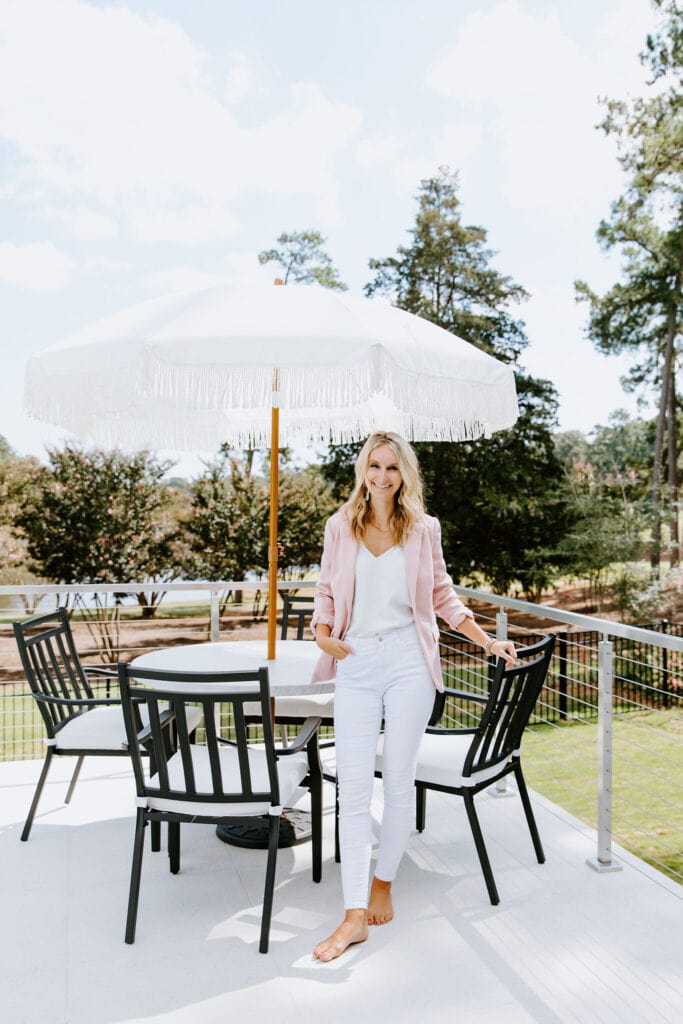
Keeping Up with Trends
SBS – How are current trends impacting interior design and home staging? How do you stay updated, or do you just follow your instincts?
Alisa – We do a lot of research in the market, and we follow other designers and things happening. We also attend events like High Point Market on a regular basis. That is a design market for interior designers only, and it’s an opportunity for vendors to provide and showcase what’s up and coming. A part of our responsibility to our clients is to know what those trends are and to make sure we incorporate them into what we do.
At Linden Creek, we offer both home staging and interior design services. Interestingly, design services tend to be about three years ahead of the curve in terms of catching on to design trends than home staging. We get to dabble and play with these fun new trends on our interior design side and trickle them in slowly on the home staging. That’s because most homebuyers, for example, are not as excited about interior design as we are and don’t know these wild new trends. It takes a little bit for them to get comfortable and used to something, so we don’t necessarily bring it in immediately. For example, a big trend now is dark and moody furniture or fringes on the upholstery. Most homebuyers are not ready to see those things yet, but we’re bringing them into the interior design side and will bring them into home staging in the next couple of years.
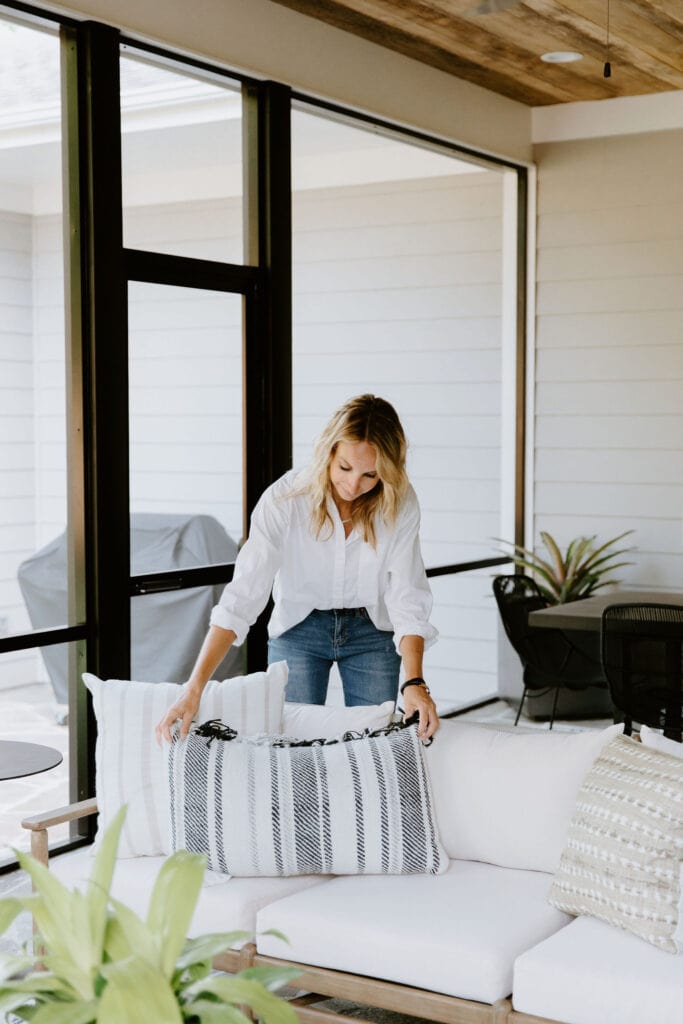
Managing Challenging Projects
SBS – Do you remember some challenging project that caused you a lot of stress before you finished it?
Alisa – Every year, there is a special event in the Raleigh area called the Parade of Homes. This is essentially a big showcase for builders in the community to show off the houses they’ve built. The general public gets to come in and walk through these projects. We participate yearly and stage some of the homes for our builders.
Last year was the most challenging that we’ve done yet. Normally, we grab about three to five houses a year to handle because they all must be installed in the same week. There are tight deadlines and timelines and a lot of publicity, so you must ensure it’s done right. This last year, we staged 11 houses because so many of our clients just kept coming and asking for our support.
One of those houses was a $6 million home, which is a very high dollar price point in the Raleigh market. It was six thousand square feet, and the builder really wanted to showcase it, so he asked us to fully furnish the entire house. That was a very high-profile project and a very stressful project for us.
We started designing and planning for it about six months before the project started. We purchased special inventory just for the home. For a normal project, we can fit everything in about two-thirds of one of my large box trucks. For this house, for perspective, it took three full truckloads to get everything to the home, and we completed it in one day.
When we installed this project in this home, because of tight timelines for the builder, there were still painters and plumbers inside, and everybody was doing their things to finish up. It was a wild and stressful project, but one we were excited to be part of. Because of the publicity tied to this home, they had about 1,500 people walking through and touring the place every single day, with lines out the door for people waiting to come in and see it. It was an incredible opportunity, and it was fun to watch my team succeed and thrive in such a high-pressure environment.
Here’s something I often hear or read in business books: When you hire somebody, expect them to do 80% of what you can do. The rule of thumb is they’re not going to perform or do your job quite as well as you do it. What’s interesting is I have not found that to be the case. Every time I hire someone and fully entrust them with responsibilities and set expectations, they exceed anything I ever would have been able to do. They bring it to the next level because their full attention and capacity are on this part of the business, so they’re able to deep dive into operational and efficiency opportunities that I didn’t even think about because I quickly did my task and moved on to the next 17 tasks on my list. It’s been really neat to watch so much of our growth happen from their ideas, inspiration, and creativity because I’ve given them ownership of that part of the project.
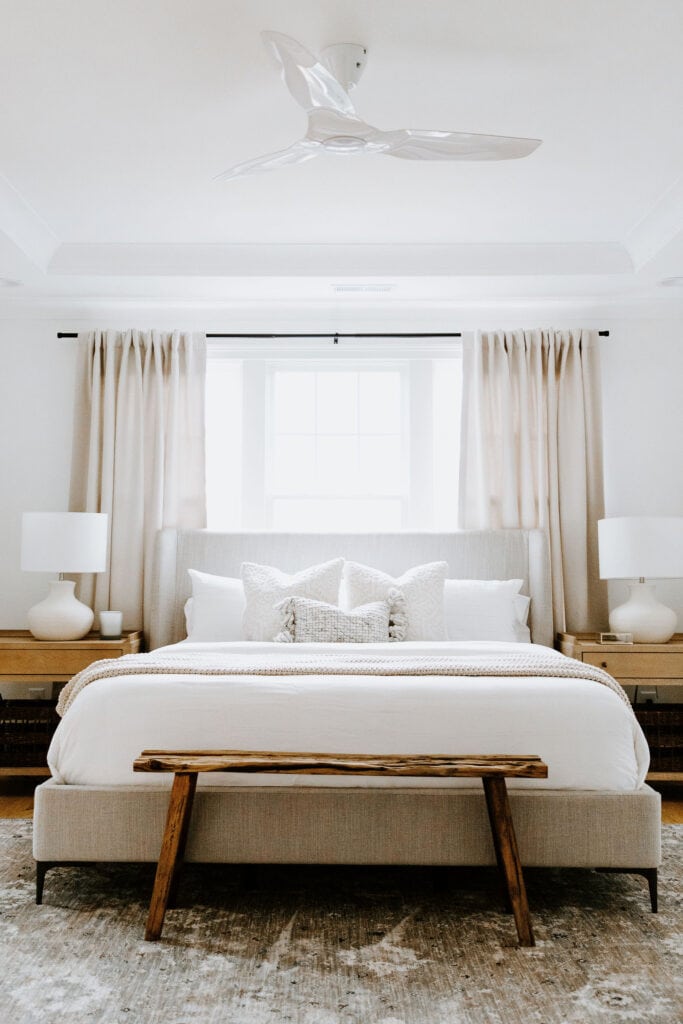
Customer Satisfaction
SBS – How do you measure customer satisfaction?
Alisa – We ask for reviews at the end, and that’s a really good way for us to get a pulse on whether or not the customer was truly satisfied. With some of our customers on the staging side, we work for a short chunk of time, e.g., about a week.
More times than not, what’s fun on the home staging side is that after the home sells, we reach back out and ask them when they want us to remove our inventory. That gives us an opportunity, 15–30 days after we did our work, to get really honest feedback from them. Typically, they say the home’s sold, they got good feedback from their realtors, the staging was great, and it helped sell the property. They thank us for our work. As silly as it sounds, if we don’t hear that in the conversation, we may feel we did something wrong because it is such a common conversation on both the staging and interior design sides of our business.
When we do interior design, we’re working with those clients for six months to a year, so it’s more of a developing a relationship, a bond, and a friendship with them by the time it’s done. We’re not always asking how they think we did, but we always read their body language and make sure they are happy, satisfied, and energized when we’re interacting with them. Of course, we get a really fun, dramatic result when we finish those projects because we kick the client out of their home, and after we finish, they come in, and it’s like an HGTV moment. Typically, there are tears of joy or jumping up and down, and it’s really easy to see that satisfaction.
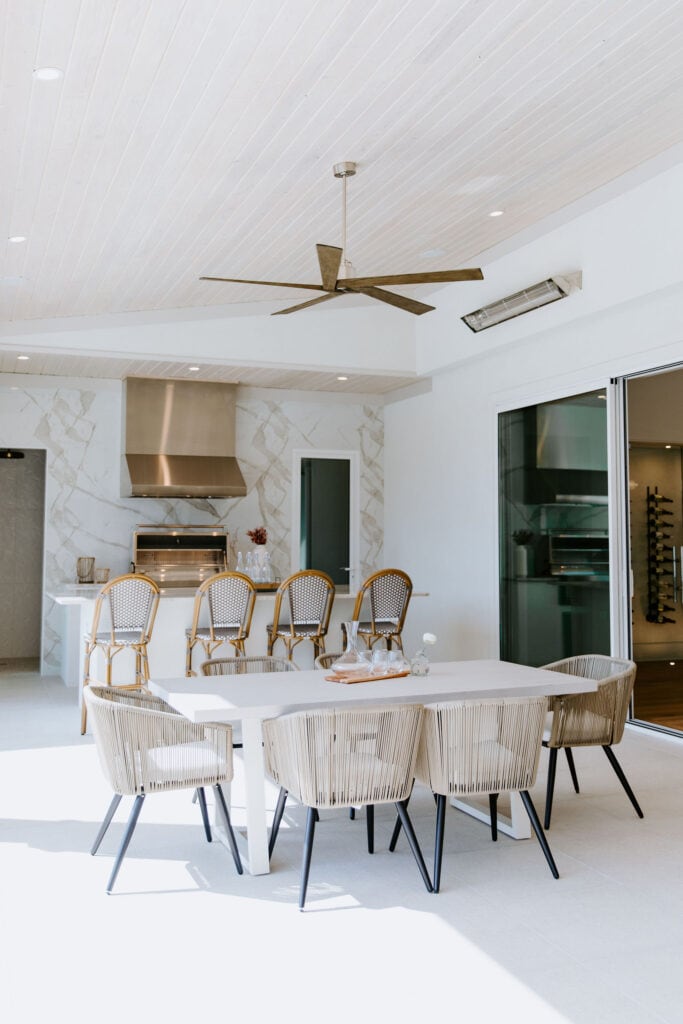
Advice for Entrepreneurs
SBS – What advice would you give someone looking to start a similar business?
Alisa – If you’re building and growing your business or going to build and grow a business, don’t be afraid to hire people. That’s my biggest piece of advice. To tag on to that, you shouldn’t just hire anyone. Be picky with who you hire because whoever your team is going to be, as you grow and build it, they are going to be your lifeline for growth, success, and the representation that is provided directly to your customers. Also, don’t hesitate on hiring decisions. I’ve always found that when I bring someone new in, I almost wish I brought them in two months earlier because now we can take our business to the next level. But always make sure that you’re hiring the person who’s reflective of your team and your company core, and who also has that ambition and shares that vision with you. If you do so, you’re going to be set up for success.
Future Plans
SBS – What are your future plans for Linden Creek?
Alisa – As I mentioned before, we are franchising, which is very exciting. Our goal is actually to open 96 locations in the next six years. We are looking to grow nationally and become a nationally recognized brand. It is going to be a really fun journey. To further support our brand, last year, we built an ecommerce platform that allows customers and clients to shop our looks and products and have access to exclusive interior design, furniture, and accessory sets.
Subscribe to Our Newsletter
and gain insider access to cutting-edge business insights and trends.
Featured Resources
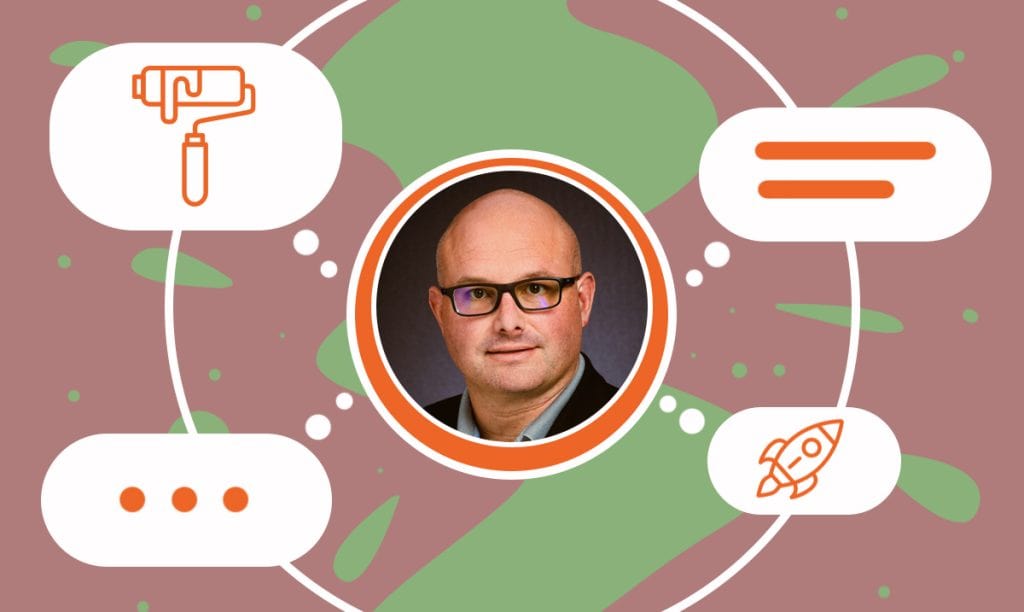
How Chris Heerdegen Built a Multi-City Painting Business
Published on October 4, 2024
Read Now
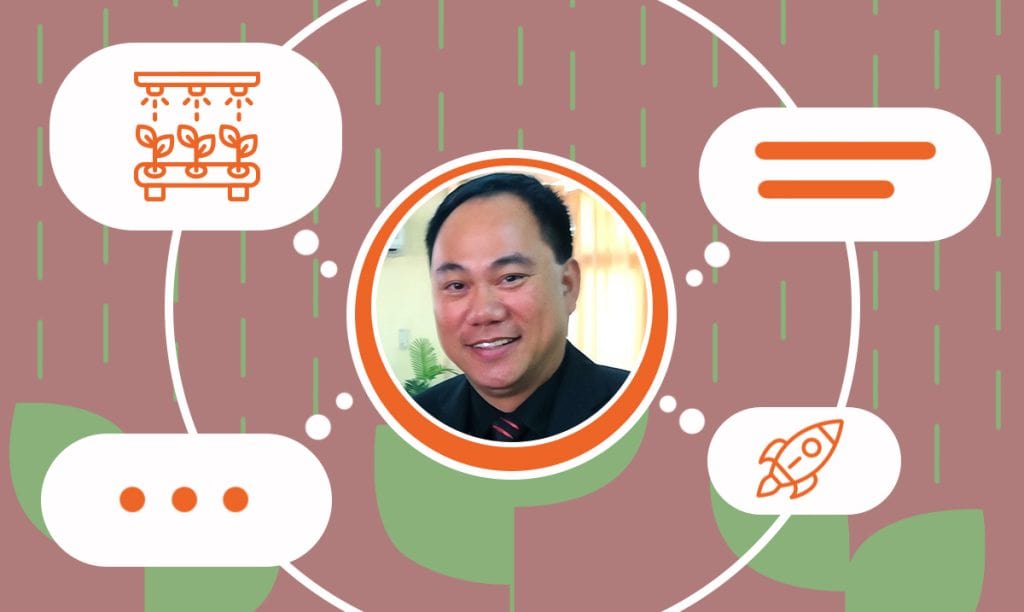
How a Retired Veteran Built Kern County’s First Hydroponic Farm
Published on September 6, 2024
Gerry Mateo, a retired veteran, found an unexpected opportunity during the pandemic with the creation of FilAm Vets Hydroponics Farm. As the firsthy ...
Read Now

How Family-Owned Kitchen Supplies Business Thrives in Brooklyn
Published on June 25, 2024
In the heart of Clinton Hill, Brooklyn, Indulge Kitchen Supplies stands as a testament to the passion and dedication of its founders, Luis and AmyTa ...
Read Now
Comments